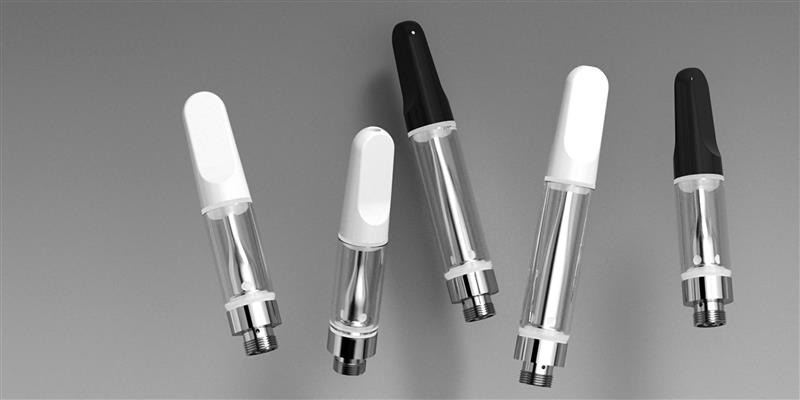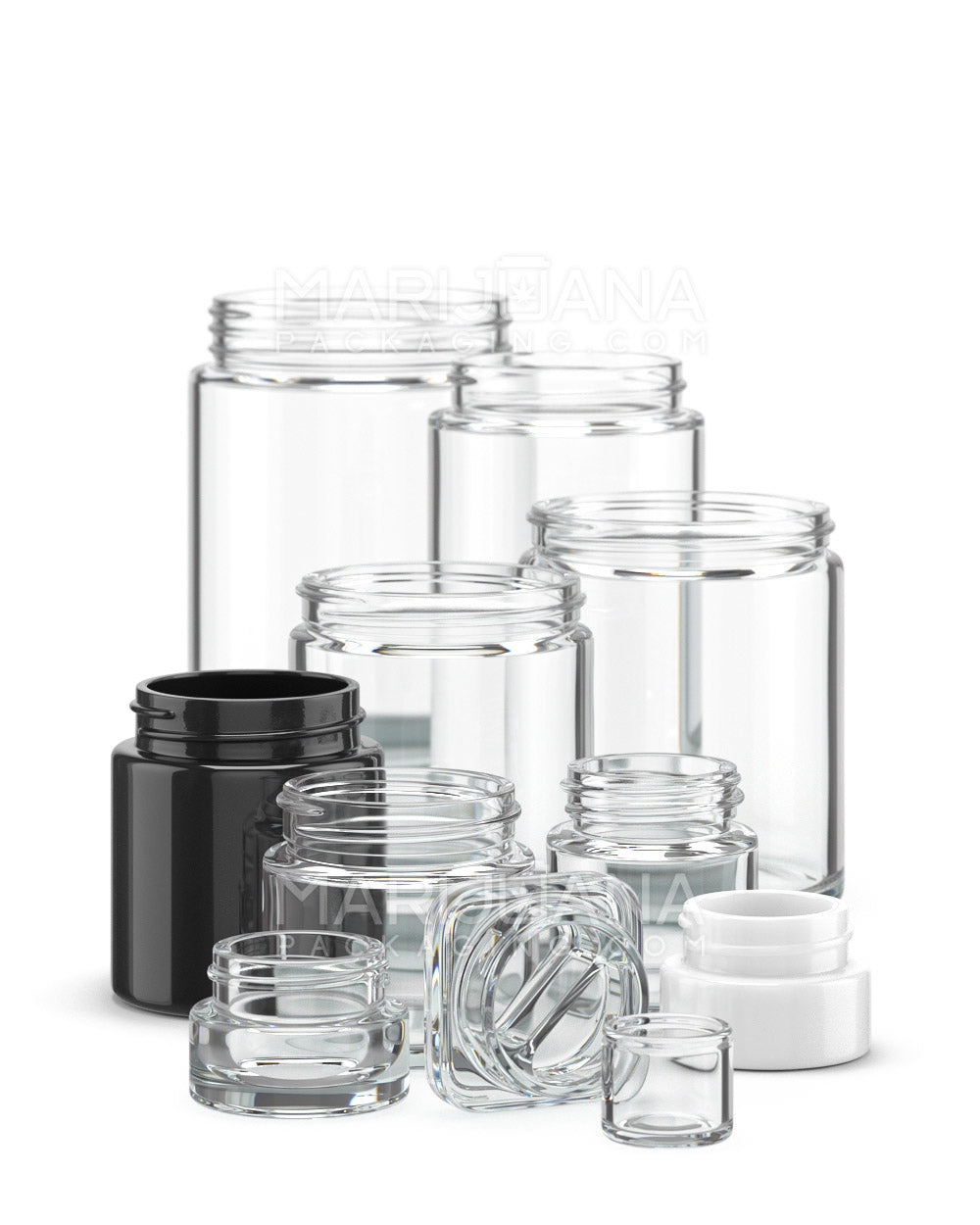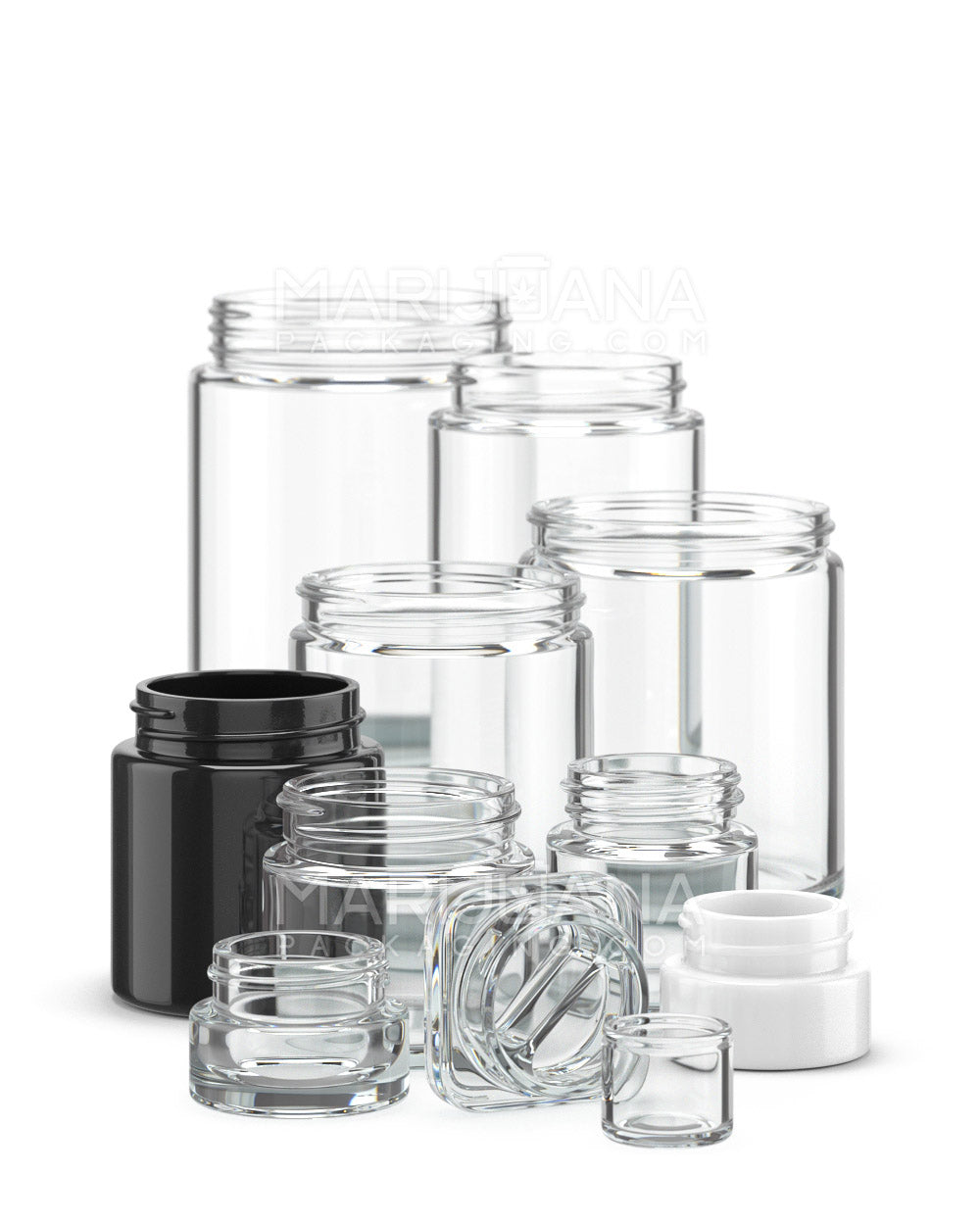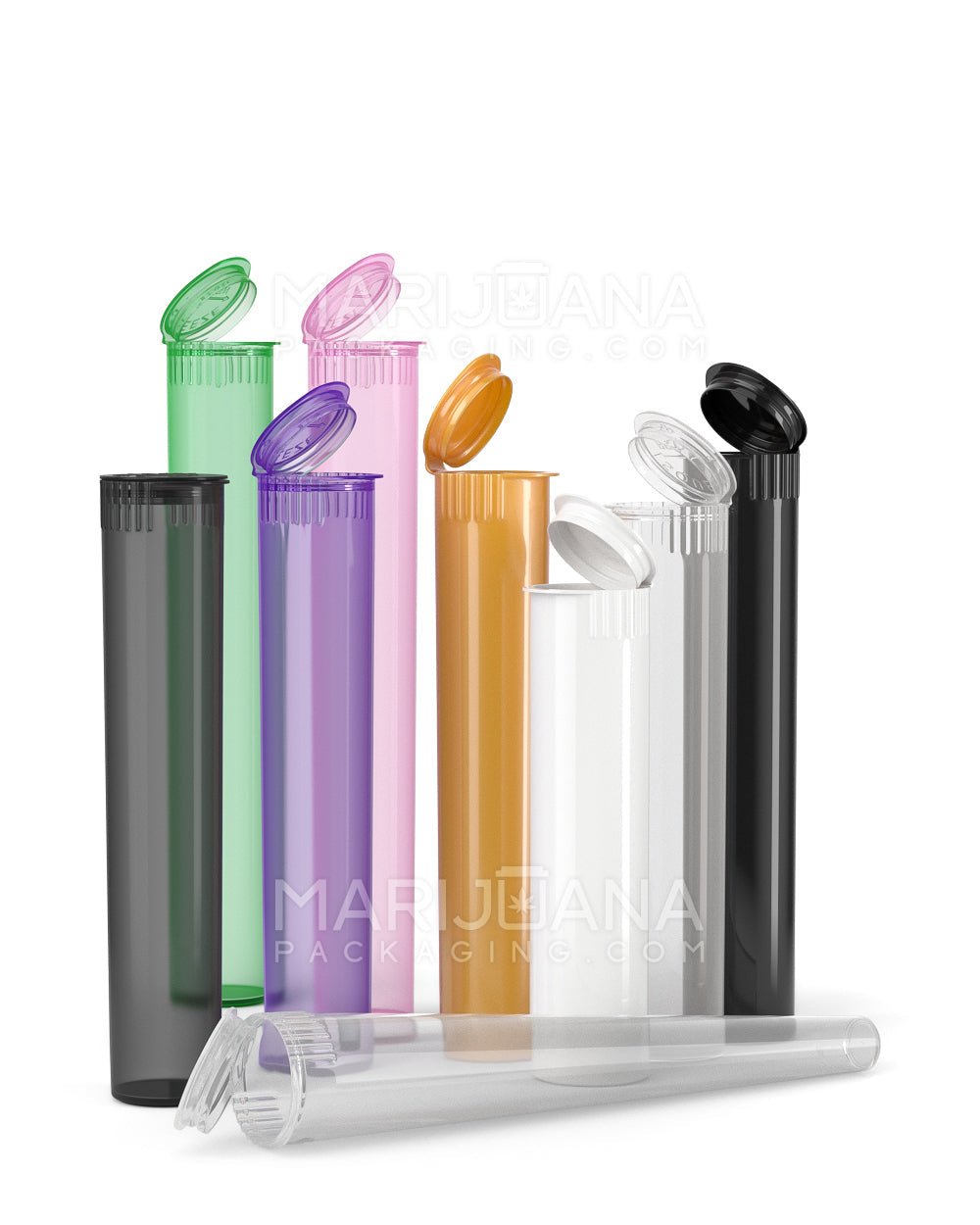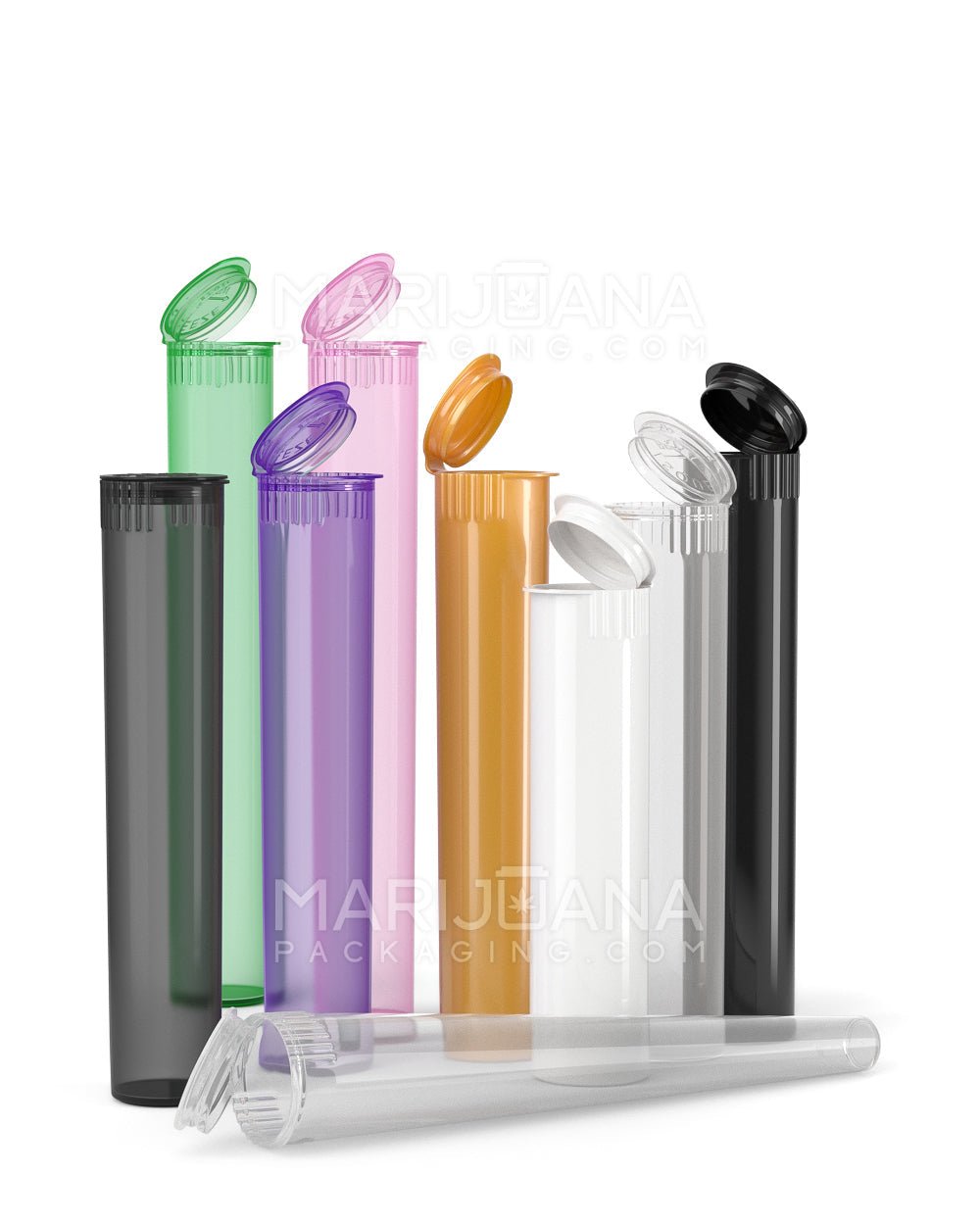Medical marijuana is a topic that continues to spark interest and debate across the United States. As more states embrace its use, many people are curious about what medical marijuana is actually made of. It’s more than just a plant; it's a complex combination of compounds that can have significant effects on the body.
This article will guide you through the various components that make up medical marijuana and explain how they work together to provide therapeutic benefits. We'll dig into cannabinoids, terpenes, and other essential elements that contribute to its medicinal properties.
Cannabinoids: The Heart of Medical Marijuana
When it comes to medical marijuana, cannabinoids are the star of the show. These chemical compounds interact with the body's endocannabinoid system, a network responsible for maintaining balance in various biological processes. Cannabinoids are primarily found in the cannabis plant and each has its own unique effects.
The two most well-known cannabinoids are THC (tetrahydrocannabinol) and CBD (cannabidiol). THC is famous for its psychoactive properties, which means it can make you feel "high". It's also known for providing pain relief, reducing inflammation, and stimulating appetite. On the other hand, CBD doesn't cause a high but is praised for its calming effects, making it useful for anxiety, seizures, and chronic pain.
Besides THC and CBD, there are over 100 other cannabinoids in the cannabis plant, such as CBG (cannabigerol) and CBC (cannabichromene), each with its own potential benefits. For instance, CBG is believed to have anti-inflammatory and antibacterial properties, while CBC might help with pain and inflammation.
Understanding cannabinoids is a bit like getting to know the ingredients in your favorite dish. Each one adds a unique flavor and benefit, contributing to the overall effect of medical marijuana. This is why different strains and products can have varying effects, depending on the specific mix of cannabinoids they contain.
Terpenes: The Aromatic Companions
While cannabinoids often steal the spotlight, terpenes play a crucial supporting role in the makeup of medical marijuana. These aromatic compounds are found in many plants, including cannabis, and are responsible for the distinctive scents and flavors of different strains.
Think of terpenes as the unsung heroes that enhance the experience of using medical marijuana. They not only affect the smell and taste but can also influence the therapeutic effects of cannabis. For instance, myrcene, a common terpene, is known for its earthy aroma and sedative qualities, making it ideal for relaxation. Limonene, with its citrusy scent, might help elevate mood and relieve stress.
Interestingly enough, terpenes can work in harmony with cannabinoids through what's known as the "entourage effect". This means they might enhance or modify the effects of cannabinoids, making the overall experience more balanced or targeted. So, when you're choosing a strain, paying attention to its terpene profile can help you find the one that best suits your needs.
Overall, terpenes add depth and complexity to medical marijuana, much like spices do in cooking. They help create a more nuanced and tailored approach to treatment, allowing patients to find the right combination for their specific conditions.
Flavonoids: The Colorful Additions
Flavonoids are another group of compounds found in cannabis, adding to its therapeutic potential. These compounds are known for their antioxidant properties and contribute to the vibrant colors of the plant. While they are less studied than cannabinoids and terpenes, flavonoids are believed to play a role in the plant’s overall health benefits.
Much like cannabinoids and terpenes, flavonoids can have their own unique effects. For example, quercetin is a flavonoid with anti-inflammatory and antioxidant properties, which might help reduce the risk of chronic diseases. Cannaflavins, specific to cannabis, have shown promise in reducing inflammation.
Flavonoids also participate in the entourage effect, working alongside cannabinoids and terpenes to enhance the therapeutic potential of medical marijuana. They contribute to the plant's overall health benefits and can help create a more holistic approach to treatment.
While flavonoids are an important part of the cannabis plant, they are often overshadowed by their more famous counterparts. However, as research continues, we may discover even more about their role in medical marijuana and their potential benefits for human health.
The Entourage Effect: A Symphony of Compounds
When it comes to medical marijuana, the whole is often greater than the sum of its parts. This is where the entourage effect comes into play. It’s the idea that cannabinoids, terpenes, and flavonoids work together to create a more effective therapeutic experience than any single compound could achieve on its own.
Think of the entourage effect as a symphony, with each compound playing its own instrument. When they come together, they create a harmonious experience that can enhance the therapeutic benefits and reduce potential side effects. For example, CBD can counteract some of THC's psychoactive effects, making it more tolerable for patients who need relief without the high.
This synergy is why many patients and practitioners prefer full-spectrum or broad-spectrum products over isolated compounds. Full-spectrum products contain the full range of cannabinoids, terpenes, and flavonoids, while broad-spectrum products contain everything except THC.
The entourage effect highlights the importance of considering the whole plant when using medical marijuana. It's not just about one or two compounds; it's about the entire orchestra working together to provide the best possible benefits.
Forms of Medical Marijuana
Medical marijuana comes in various forms, each offering unique benefits and catering to different preferences and needs. Here, we'll look at some of the most popular options and how they might be used for medical purposes.
Flower: The most traditional form of marijuana, the flower is often smoked or vaporized. It offers quick relief, making it a popular choice for those dealing with acute symptoms.
Edibles: These are ingestible products, like brownies or gummies, infused with cannabis. They offer a discreet and long-lasting option, although the effects can take longer to kick in.
Tinctures: These are liquid extracts that can be taken sublingually (under the tongue) or added to food and drinks. They provide a smoke-free option with relatively quick effects.
Topicals: Creams, lotions, and balms infused with cannabis are applied directly to the skin. They're ideal for localized relief of pain and inflammation without affecting the rest of the body.
Capsules: Cannabis capsules offer a precise and convenient way to dose, similar to traditional medication.
Choosing the right form of medical marijuana depends on individual needs, preferences, and the specific condition being treated. It's always a good idea to consult with a healthcare provider to determine the best option for you.
Legal Considerations
While medical marijuana is legal in many states, it's important to navigate the legal landscape carefully. Laws vary from state to state, and federal law still classifies marijuana as a controlled substance.
In states where medical marijuana is legal, patients often need a recommendation from a licensed healthcare provider and must register with the state program. This process ensures that they can legally purchase and use medical marijuana for their conditions.
It's crucial to stay informed about the laws in your state to ensure compliance. This includes understanding possession limits, approved conditions, and any restrictions on cultivation or transportation. Ignorance of the law is not an excuse, so being proactive about legal considerations is essential for anyone using or considering medical marijuana.
On a federal level, there are ongoing discussions and potential changes in legislation. Staying updated on these developments can help patients and providers navigate this evolving landscape.
Quality Control and Testing
Ensuring the quality and safety of medical marijuana is paramount. This is where quality control and testing come into play, helping to maintain the integrity of the products patients rely on.
Testing involves analyzing cannabis products for potency, purity, and contaminants. This ensures that patients know exactly what they're consuming and that the product is free from harmful substances like pesticides, mold, or heavy metals.
Reputable dispensaries prioritize testing, providing lab results that detail the cannabinoid and terpene profiles, as well as any potential contaminants. This transparency builds trust and ensures that patients receive high-quality, safe products.
When choosing medical marijuana, it's wise to select products from dispensaries that emphasize quality control and testing. This not only guarantees a safer experience but also ensures that the product is effective and consistent with its labeling.
Choosing the Right Dispensary
Finding the right dispensary is a crucial step in accessing medical marijuana. A good dispensary will offer a range of products, knowledgeable staff, and a welcoming environment.
When evaluating dispensaries, consider the following factors:
- Product Selection: A wide variety of products allows you to find the best option for your needs.
- Knowledgeable Staff: Staff should be able to answer questions and provide guidance on product selection and dosing.
- Quality and Testing: Look for dispensaries that prioritize quality control and provide lab results for their products.
- Atmosphere: A welcoming and professional environment can make the experience more comfortable and pleasant.
Choosing the right dispensary takes time and research, but finding a reputable source is worth the effort. It ensures that you have access to high-quality products and reliable information, making your medical marijuana journey as smooth as possible.
Integration with Traditional Medicine
Medical marijuana is increasingly being integrated into traditional medical practices, offering a complementary approach to treatment. Many healthcare providers are recognizing its potential benefits and are more open to discussing it with their patients.
When considering medical marijuana, it's important to have an open dialogue with your healthcare provider. They can offer insights into how cannabis might interact with your current medications, as well as guidance on dosing and product selection.
Some practitioners specialize in cannabis medicine, providing a more focused approach to treatment. These specialists can offer tailored advice and support, ensuring that you receive the most benefit from medical marijuana.
Integrating medical marijuana with traditional medicine requires collaboration and communication. By working together, patients and providers can create a comprehensive treatment plan that addresses individual needs and enhances overall well-being.
Final Thoughts
Medical marijuana is a complex and fascinating substance, made up of cannabinoids, terpenes, flavonoids, and more. Each component plays a role in its therapeutic potential, offering relief for a variety of conditions. Understanding what medical marijuana is made of can help patients make informed decisions and find the best options for their needs.
For those in the cannabis industry, choosing the right packaging can make all the difference. Gamut offers a full spectrum of packaging solutions, from jars and bags to custom designs. Their expertise in consumer goods packaging ensures that your products stand out and meet industry standards. If you're in need of reliable and innovative packaging solutions, Gamut runs the gamut to meet your needs and help your brand shine in the market.



